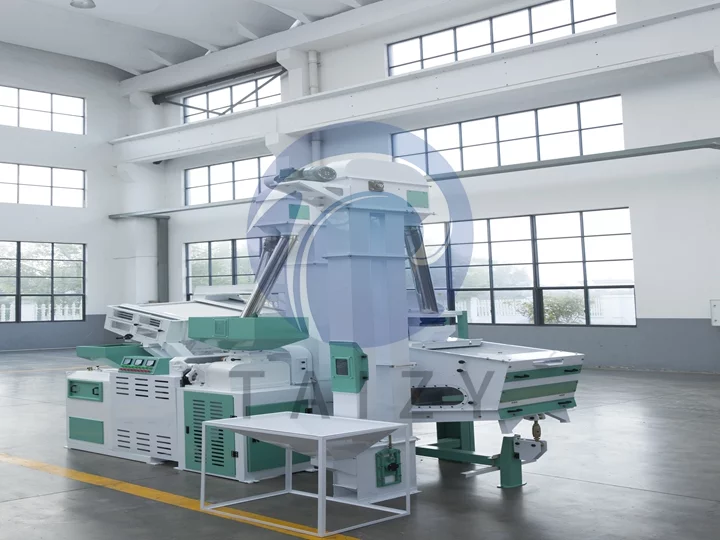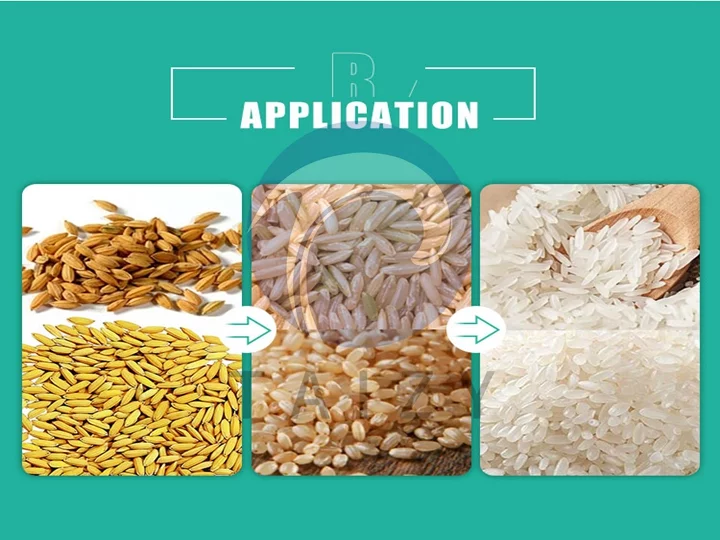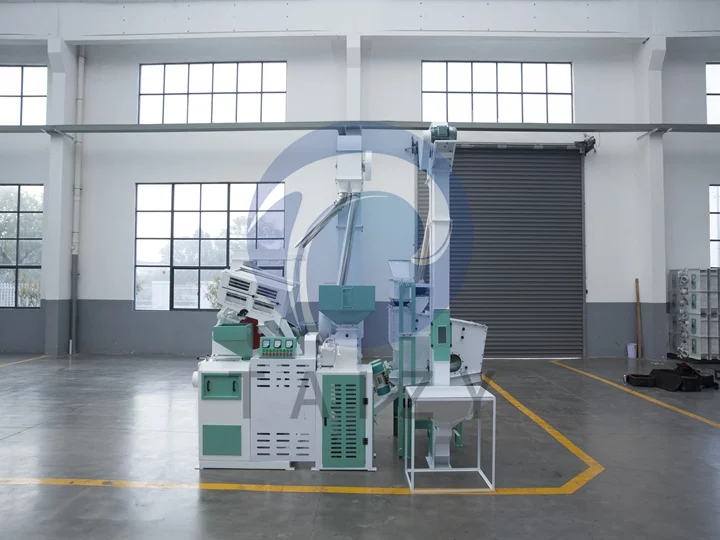벼의 생산 및 가공 과정에서 불순물의 존재는 쌀의 품질에 큰 영향을 미칠 수 있으며, 장비의 효율성을 저하시키고, 심지어 장비의 오작동으로 이어질 수도 있습니다.
최종 제품의 품질과 기계의 원활한 작동을 보장하려면 효과적인 청소 방법이 중요합니다. 여기서는 논 정미의 기본 원리와 세부 방법을 살펴봅니다.

1. 심사방법
스크리닝은 가장 일반적이고 널리 사용되는 세척 방법 중 하나입니다. 이 기술은 불순물과 쌀알 사이의 크기와 모양의 차이를 이용하여 스크린을 사용하여 분리합니다. 세척 공정의 다양한 단계에서 다양한 스크리닝 장치를 사용할 수 있습니다.
- 기본 화면: 대마줄, 짚, 돌 등 생곡물에서 큰 불순물을 제거하는 데 사용됩니다. 기본 스크린은 후속 청소 장비의 효율성을 향상시키는 데 도움이 됩니다.
- 진동체 스크린: 경질 불순물은 물론 대, 중, 소 불순물의 분리에 폭넓게 적용됩니다. 진동을 통해 각종 불순물을 효과적으로 제거하는 스크린입니다.
- 편평한 회전하는 스크린: 긴 섬유상 불순물을 제외한 중소형, 경량형 불순물의 추가 분리에 적합합니다.

2. 밀도분리방법
밀도분리법은 쌀과 불순물의 상대적 밀도차이를 바탕으로 한다. 물이나 공기의 흐름을 이용하여 물리적 특성에 따라 분리합니다. 일반적인 밀도 분리 장비에는 다음이 포함됩니다.
- 습식 밀도 석재 제거제: 물에 침전되는 속도에 따라 쌀에서 불순물을 분리하기 위해 물을 매개체로 사용합니다. 이 방법은 일반적으로 찐 쌀을 가공하는 동안 적용됩니다.
- 건식 밀도 스톤 제거제: 공기를 매체로 활용하여 돌과 같이 상대 밀도가 높은 불순물을 제거합니다. 이는 청소 과정의 효율성을 향상시킵니다.
3. 자기분리방법
벼에서 쇠못, 나사 등의 자성 금속 불순물을 제거하기 위해 자력 분리 기술을 사용합니다. 일반적인 자기 분리 장치는 다음과 같습니다.
- CXP 자기 분리기: 자기장을 이용하여 자성 금속 불순물을 끌어당겨 분리합니다.
- 영구 자석 드럼: 회전하여 쌀에서 자성 금속 불순물을 분리합니다.

결론
이러한 세척 방법을 종합적으로 적용하면 다양한 불순물을 효율적으로 제거하여 쌀의 품질과 장비의 올바른 작동을 보장합니다.
세척의 효율성은 제품 품질과 장비 수명에 직접적인 영향을 미치므로 특정 생산 조건에 따라 적절한 세척 방법을 선택하는 것이 필수적입니다.